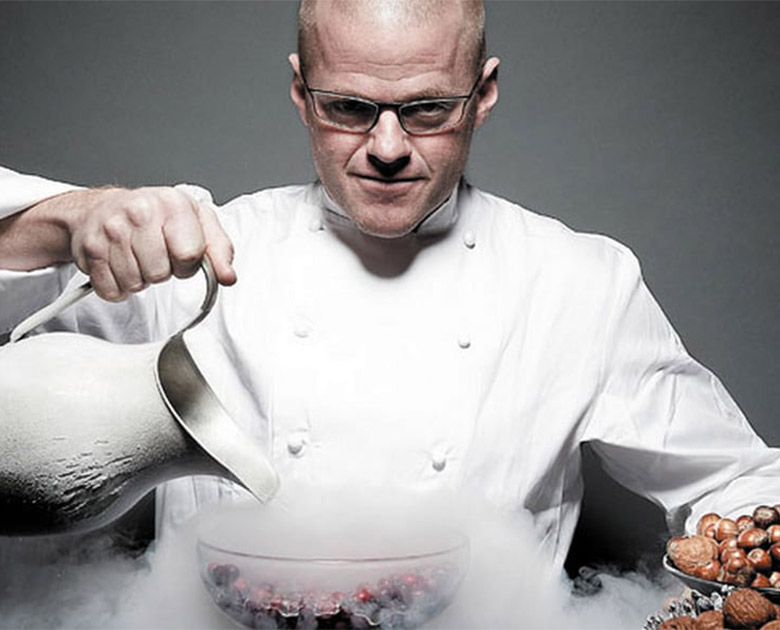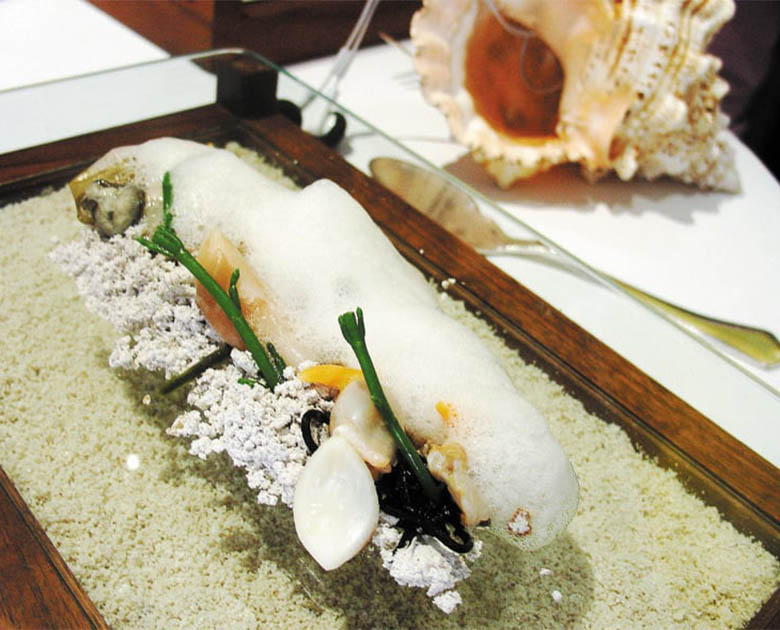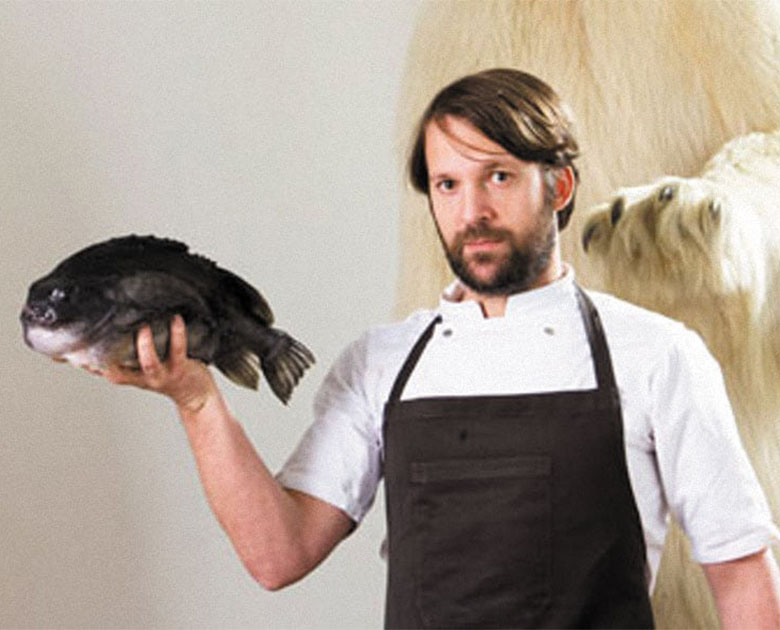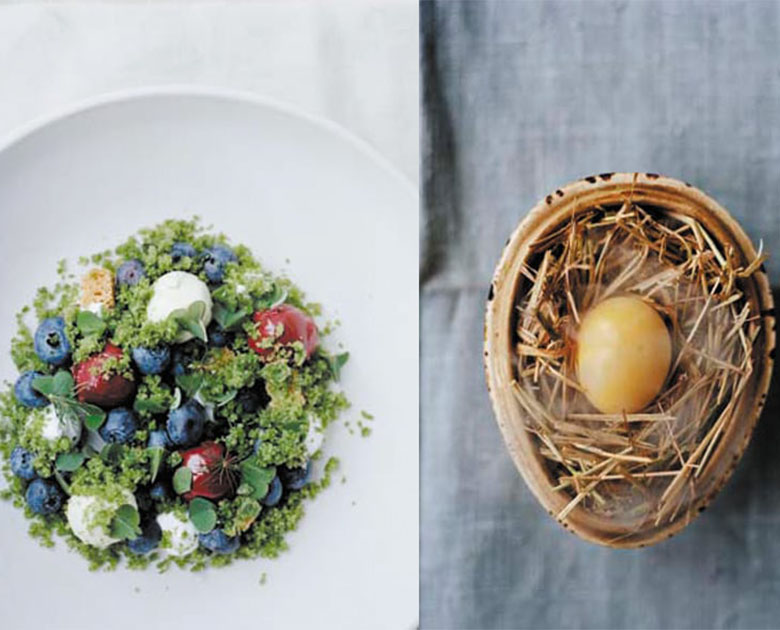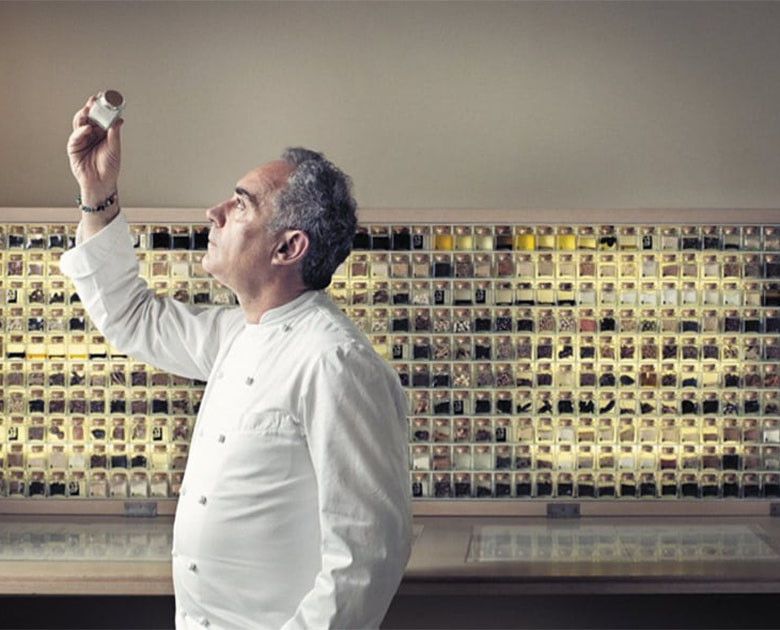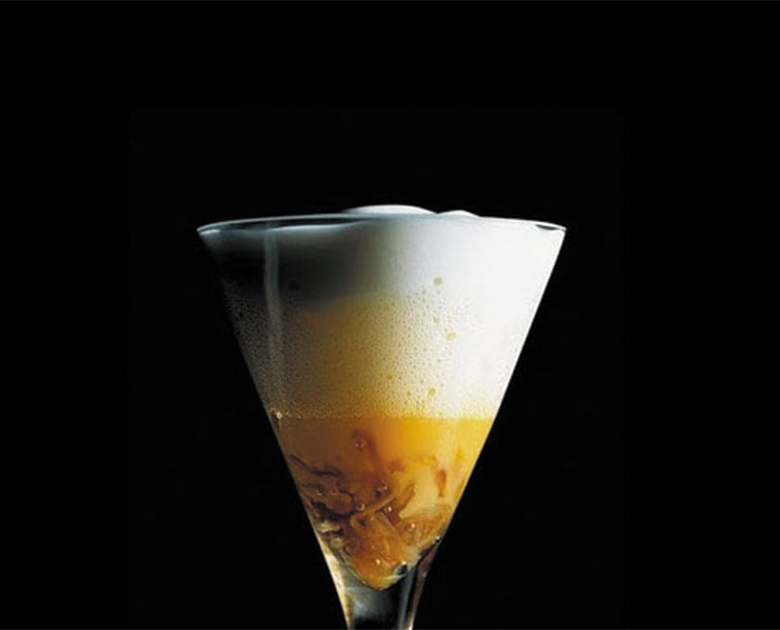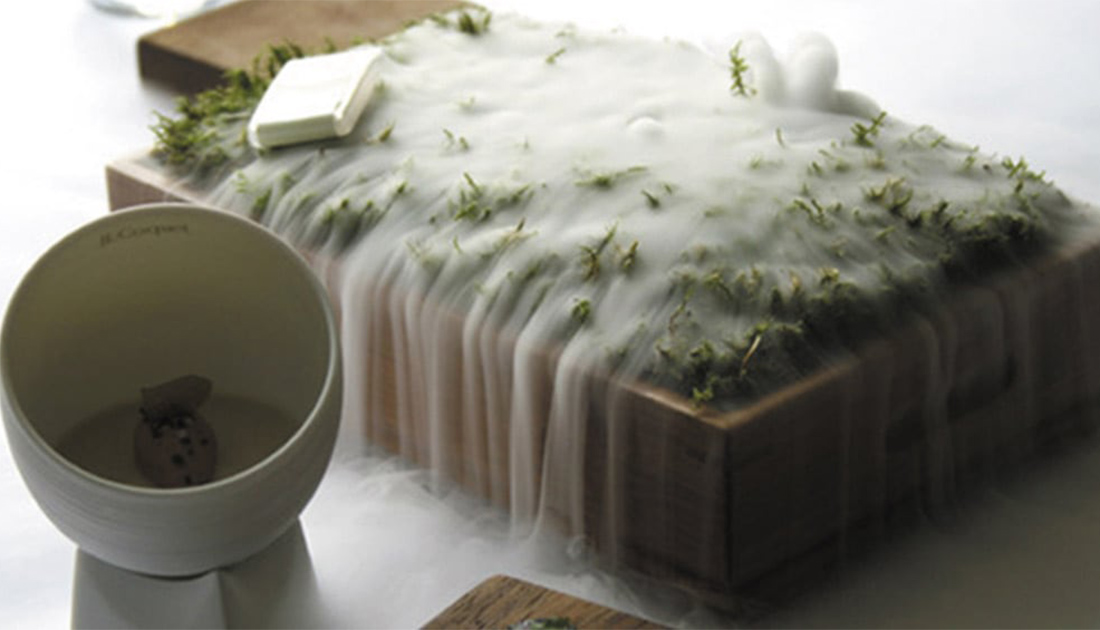The sensuous side of culinary delights
Eating can stimulate all the senses simultaneously, and may sometimes create an emotional connection or evoke memories.
There are chefs out there today who are taking food to a whole new level, so much so that the meal in itself creates an experience, better known as the approach to experiential eating.
We explore three inspiring chefs who each take a different approach to experiential eating; Heston Blumenthal (the Scientist), René Redzepi (the Naturalist) and Ferran Adrià (the Pioneer).
Heston Bluementhal is known for his scientific approach to cooking, called Molecular Gastronomy. His theatrical sense of humour is often reflected in his creation and he values tradition, taking inspiration from the past, and fusing it with modern techniques to create familiar yet surprising results. One of his signature dishes, Sound of the Sea literally tastes, looks and sounds like the seaside. The “sand” is tapioca, with seaweed, abalone, clams and cockles with an incoming tide of shellfish foam served on top. A conch shell conceals an iPod downloaded with the sound of crashing waves and the call of seagulls. Another dish, The Oak Moss and Truffle Toast, is an attempt to recreate a truffle hunting experience where guests are presented with a mild woody flavoured film that melts on their tongues. Meanwhile, water is poured over a small crate of oak moss, which hides a layer of dry ice, to create an image of a foggy forest floor, reminiscent of morning fog.
Danish chef and co-owner of two-Michelin star restaurant Noma in Copenhagen, René Redzepi is best known for his reinvention and interpretation of the Nordic cuisine. Redzepi looks to the landscape and delve into its ingredients and culture, best known for his approach of foraging. His dishes are sympathetic and true, allowing the ingredients to shine on the plate. His dish, Smoked Quail Eggs, served within an inedible quail egg container traps freshly burnt hay. Not only for a dramatic uncovering, but imparting atmosphere and smell to the dish and the dining room. With blueberries being abundant in Scandinavia, Redzepi came up with Blueberries Surrounded by their Natural Environment. For this dish, he thought about what could grow with blueberries on a forest floor and decided to spruce it up – literally – with meringues and spruce. The simple-looking dish has more than 30 ingredients and more than a dozen steps.
Acclaimed to be the best chef in the world, and known as the godfather of molecular gastronomy is Spanish chef Ferran Adrià. Adrià has been performing cooking experiments since late 1980s and his restaurant El Bulli is undoubtedly the most controversial and experimental restaurant in the world. In keeping with the creative goals, the restaurant closes for six months each year during which time he travels for inspiration and performs experiments and perfects recipes in his culinary lab, El Taller. Despite being shut in 2011, El Bulli was converted into the El Bulli Foundation, a creative centre where its main objectives is to be a think-tank for creative cuisine and gastronomy. His favourite technique of deconstruction sees his signature dish Tortilla Espanola, the deconstructed Spanish Omelette. He takes the three main components of the dish which are eggs, potatoes and onions and cooks each separately. The finished product, is one-part potato foam, one-part onion pureé, one-part egg white sabayon, then topped with crumbs of deep-fried potatoes. Each component served on top of the other in layers, then served in a sherry glass.
Indeed, a moment one should truly experience and savour.
